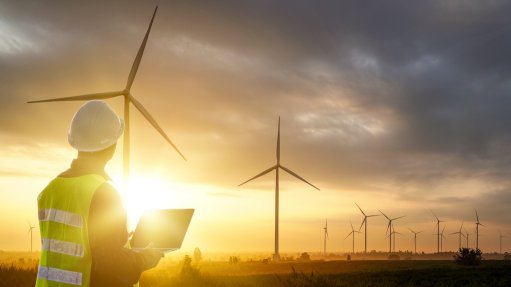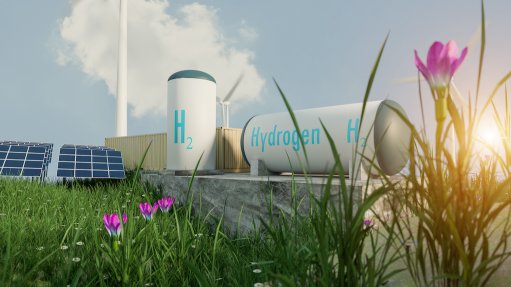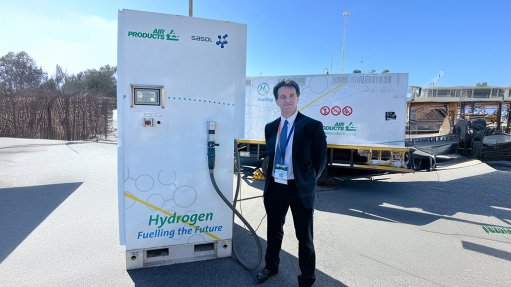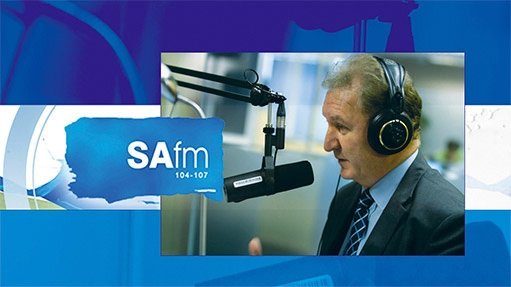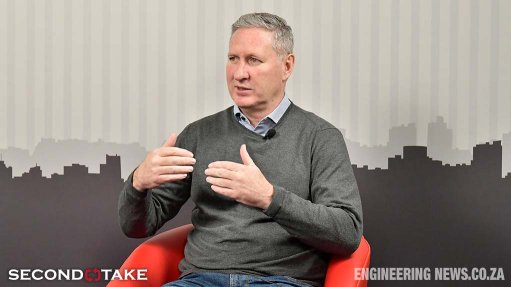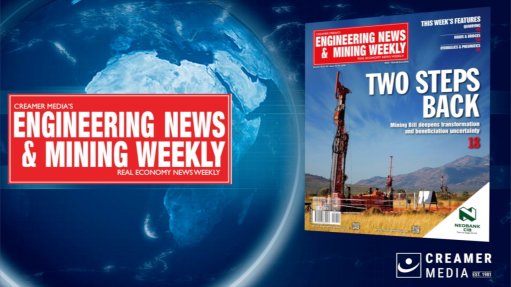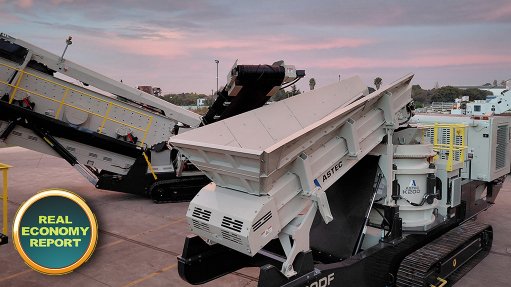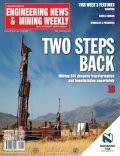Lack of regulations hampers transition
Industry body South African Institute of Refrigeration and Air Conditioning (SAIRAC) president Robert Fox stresses the need for government to implement regulations to compel local operators to transition to using newer and more environment-friendly refrigerants.
Using more natural refrigerants supports the Montreal Protocol, an international treaty designed to protect the earth’s ozone layer by phasing out the production of substances responsible for ozone depletion.
In terms of refrigerants that are used for refrigeration and cooling applications, the Montreal Protocol covers the phasing out of hydrochlorofluorocarbons (HCFCs) and hydrofluorocarbons (HFCs).
“The local market is in a holding pattern and waiting to see what happens, and if regulations are introduced.”
With the global phasing out of substances such as HCFCs and HFCs, the availability of these older refrigerants will become limited.
This can result in an uptake of new and more natural refrigerants entering the country in about five to ten years, adds Fox.
Consequently, he stresses the importance of adequate training in the safe handling and use of new refrigerants as certain newer refrigerants – such as R290, or propane – are flammable and can cause potential health and safety risks if operators are inadequately trained.
Industry body South African Refrigeration and Air Conditioning Contractors Association has developed a new training syllabus for the safe handling of newer refrigerants. This is in the process of being rolled out to accredited training institutions.
“Using new refrigerants also impacts on the use of equipment that is more appropriate for new refrigerants, so it’s something for which we’re trying to prepare the local market.”
He adds that while Ammonia and carbon dioxide (CO2) refrigeration systems are already being introduced into the local market, other newer refrigerants and appropriate equipment for these refrigerants have not been fully introduced.
“There’s very little drive for the local market to transition to these new refrigerants and appropriate equipment. For now, there’s a slight uptake of these newer refrigerants and equipment commercially, but the industrial market is yet to show a similar uptake.”
Costs, Encouraging the Local Market
Fox says, while new refrigerants, such as R290, are relatively inexpensive, the equipment needed to fully reap the benefits of newer refrigerants has a higher capital cost because it has to be imported.
This high capital cost comes in addition to costs associated with implementing other measures that support safe use of new refrigerants.
These higher costs can also be particularly difficult for smaller and new companies, particularly at a time when local operators might be reluctant to commit to higher costs, owing to the poor state of the South African economy.
Fox stresses that, compared with regions that are further along in terms of phasing out HFCs and HCFCs, South Africa is still “well developed in terms of refrigeration technology”.
This is evident in the manner in which certain local supermarket chains are beginning to use natural refrigerants, such as ammonia and CO2, in their operations.
It is difficult to encourage the use of natural refrigerants on a wider scale, however, particularly without appropriate government regulations, he points out.
“While we’re waiting for government to tell us what is happening with our transition towards natural refrigerants – as this will provide a guideline for what the industry needs to do going forward – we’re trying to educate the local industry and broaden the knowledge around natural refrigerants.”
For example, SAIRAC’s Frigair Exhibition brings together industry players and global speakers to engage in topics such as environmental sustainability.
The next exhibition will be held in 2025.
“Our goal is to increase the use of natural refrigerants and contribute to energy efficiency. Government has declared refrigeration and air conditioning as critical skills, which provides an ideal opportunity for young people to learn this trade, as well as the trends of using more natural refrigerants.”
Comments
Press Office
Announcements
What's On
Subscribe to improve your user experience...
Option 1 (equivalent of R125 a month):
Receive a weekly copy of Creamer Media's Engineering News & Mining Weekly magazine
(print copy for those in South Africa and e-magazine for those outside of South Africa)
Receive daily email newsletters
Access to full search results
Access archive of magazine back copies
Access to Projects in Progress
Access to ONE Research Report of your choice in PDF format
Option 2 (equivalent of R375 a month):
All benefits from Option 1
PLUS
Access to Creamer Media's Research Channel Africa for ALL Research Reports, in PDF format, on various industrial and mining sectors
including Electricity; Water; Energy Transition; Hydrogen; Roads, Rail and Ports; Coal; Gold; Platinum; Battery Metals; etc.
Already a subscriber?
Forgotten your password?
Receive weekly copy of Creamer Media's Engineering News & Mining Weekly magazine (print copy for those in South Africa and e-magazine for those outside of South Africa)
➕
Recieve daily email newsletters
➕
Access to full search results
➕
Access archive of magazine back copies
➕
Access to Projects in Progress
➕
Access to ONE Research Report of your choice in PDF format
RESEARCH CHANNEL AFRICA
R4500 (equivalent of R375 a month)
SUBSCRIBEAll benefits from Option 1
➕
Access to Creamer Media's Research Channel Africa for ALL Research Reports on various industrial and mining sectors, in PDF format, including on:
Electricity
➕
Water
➕
Energy Transition
➕
Hydrogen
➕
Roads, Rail and Ports
➕
Coal
➕
Gold
➕
Platinum
➕
Battery Metals
➕
etc.
Receive all benefits from Option 1 or Option 2 delivered to numerous people at your company
➕
Multiple User names and Passwords for simultaneous log-ins
➕
Intranet integration access to all in your organisation






